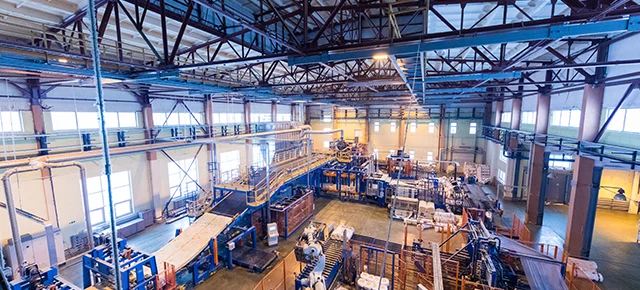


In the realm of manufacturing, lighting plays a crucial role beyond mere illumination. It has the power to transform production line operations, enhancing efficiency, safety, and overall productivity. This blog delves into the innovative lighting solutions that are revolutionizing production line operations, paving the way for greater success in the manufacturing industry.
Lighting is not just about visibility; it directly impacts various aspects of production line operations, including:
LED lighting technology has revolutionized production line operations with its numerous benefits, including:
Automated lighting control systems utilize sensors and programmable controllers to adjust lighting levels based on occupancy, time of day, or ambient light conditions. By automatically dimming or turning off lights in unoccupied areas or during periods of natural daylight, these systems optimize energy usage and reduce operating costs while ensuring consistent illumination levels throughout the production facility.
Tailored lighting solutions designed for specific production line tasks can significantly enhance efficiency and accuracy. Examples include:
Color temperature tuning allows for the adjustment of lighting color temperatures to match specific production requirements or tasks. For example, cooler color temperatures (e.g., 5000K) may enhance visibility and focus for detailed inspection tasks, while warmer color temperatures (e.g., 3000K) create a more relaxed atmosphere in break areas or employee lounges. By tailoring lighting color temperatures to suit different work environments and activities, manufacturers can improve employee comfort and productivity.
Integration of smart lighting systems with production line operations offers advanced control and automation capabilities, such as:
In facilities where flammable gases, vapors, or combustible dust are present, specialized hazardous location lighting fixtures are essential to ensure safety and compliance with regulations. These fixtures are designed to prevent ignition sources and withstand the rigors of hazardous environments, such as chemical processing plants, oil refineries, or grain silos. By using certified hazardous location lighting fixtures, manufacturers can mitigate the risk of fire or explosion and protect personnel and assets.
Human-centric lighting (HCL) focuses on enhancing the well-being and productivity of workers by aligning lighting conditions with circadian rhythms and individual preferences.
Quality assurance processes in manufacturing often require precise inspection and color matching, which necessitate adequate lighting conditions. Specialized lighting solutions, such as high-CRI (Color Rendering Index) fixtures or color-accurate LED luminaires, ensure accurate color representation and consistent lighting conditions for quality control tasks. By providing optimal lighting for quality assurance, manufacturers can maintain product consistency, minimize defects, and meet quality standards effectively.
Lean manufacturing principles emphasize efficiency, waste reduction, and continuous improvement in production processes. Lighting plays a vital role in supporting lean manufacturing initiatives by optimizing workspace layout, enhancing visual communication, and facilitating lean workflows. By strategically positioning lighting fixtures, minimizing glare, and maximizing flexibility in lighting design, manufacturers can create leaner, more efficient production environments that enable faster throughput, smoother workflows, and improved overall operational efficiency.
Innovative lighting solutions are revolutionizing production line operations, driving improvements in efficiency, safety, and employee well-being. By leveraging LED technology, task-specific lighting solutions, smart lighting systems, human-centric lighting principles, etc, manufacturers can optimize their production processes, reduce costs, and gain a competitive edge in today's dynamic manufacturing landscape. Embracing these lighting innovations is not just about illuminating the workspace; it's about illuminating the path to success in production line operations. Get in touch with us to know more about how lighting innovations can transform production line operations.



